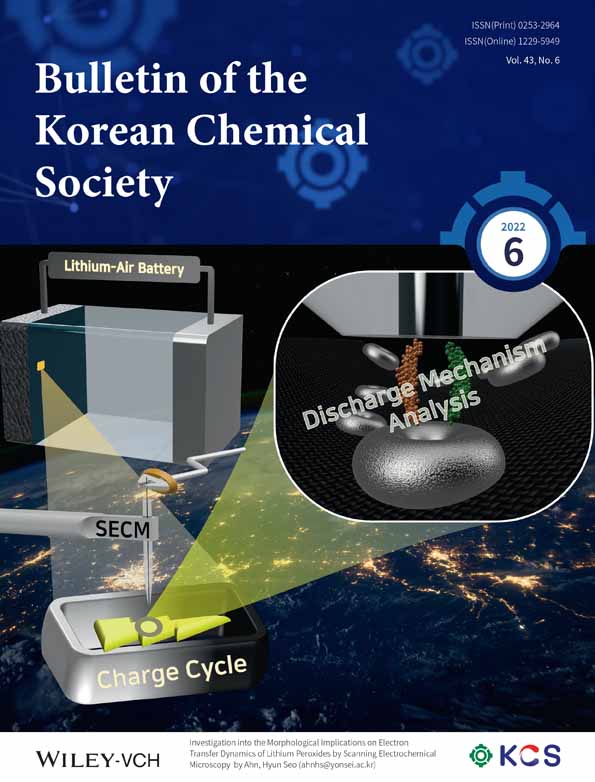Benzo[g]coumarin-benzothiazole hybrid: A fluorescent probe for the detection of amyloid-beta aggregates
Funding information: Ministry of Health & Welfare, Republic of Korea, Grant/Award Number: HI21C0239; Korea Health Industry Development Institute; Ministry of Education, Grant/Award Number: 2018-R1A6A1A03025124; National Research Foundation
Abstract
Here, we disclose a new turn-on type fluorescent probe (named BCB-1) for the detection of Aβ plaques, which is an essential biomarker in Alzheimer's disease (AD). BCB-1 has a hybrid structure of benzo[g]coumarin and benzothiazole, and it showed significant emission enhancement at the near-infrared (NIR) region when sensing Aβ plaques. BCB-1 also showed high selectivity and sensitivity toward Aβ plaques, and its bio-imaging applicability was confirmed within an AD mouse (5XFAD) brain. We expect our superb AD diagnosis fluorescent probe to be broadly applied in Aβ plaques related clinical and biological studies.




